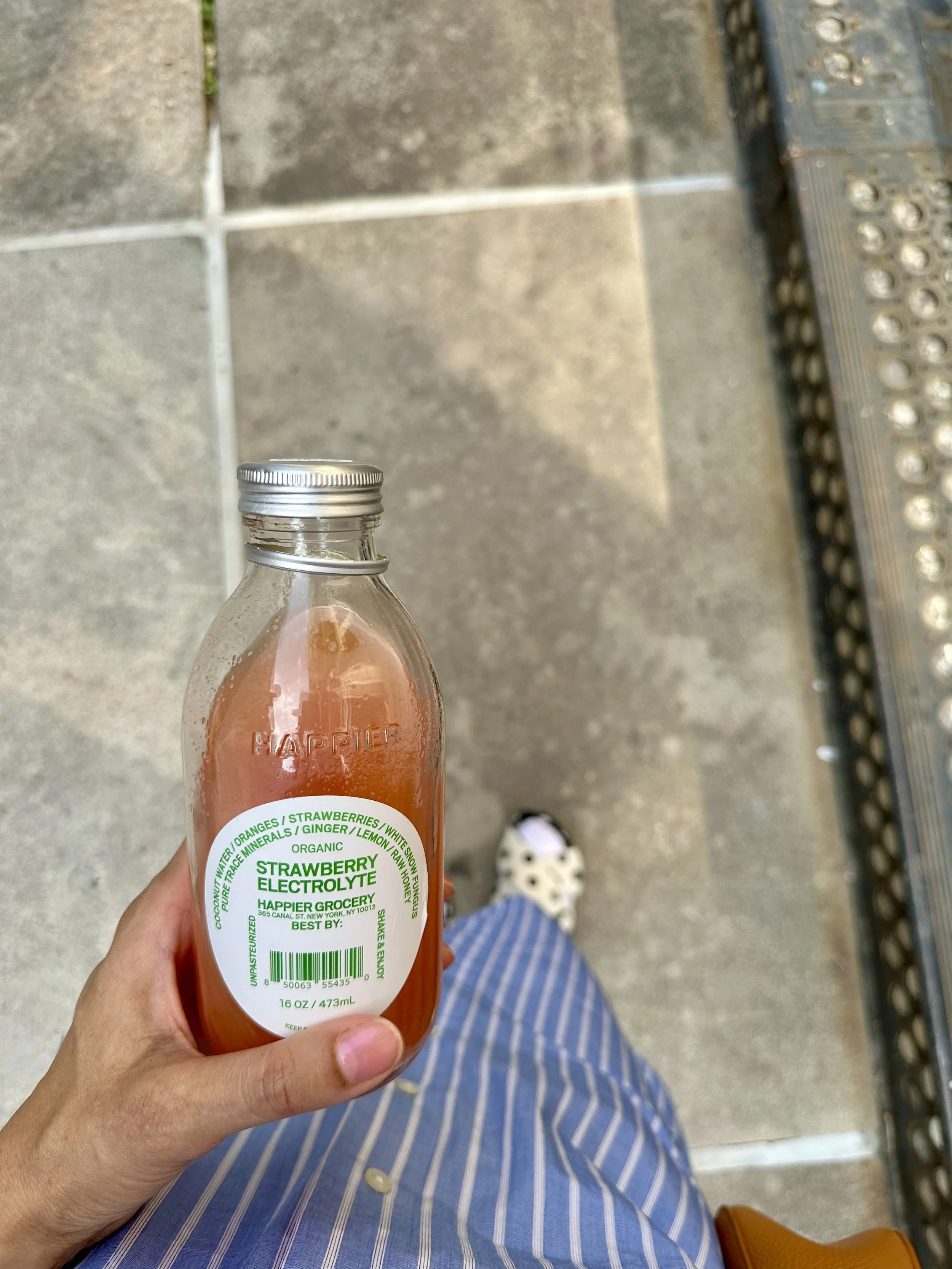Pain and Gain: Insights from the Tracy Anderson Method for Quick Summer Fitness Goals
Tracy Anderson, a self-proclaimed "Type-A" personality, aligns with Pitta, a concept from Ayurveda that suggests individuals with this constitution are driven, energetic, and prone to intensity in their pursuits. Summer shines the sun on their hard work.
Anderson began her career as a dancer, and her fitness philosophy appears to have been influenced by several entities. The rehabilitative aspects of basketball training are evident in her earlier workout videos, particularly in her signature arm movements, which aim to activate accessory muscles. Everyone has seen by now the downward or forward slap as if to intently bounce a ball. Her former husband, was a professional basketball player around the time she began this fitness endeavor (Figure 1A-1B).
Love her or question her, Anderson has remained a fixture in the fitness industry for decades. Despite unconventional arm movements and controversial dietary recommendations, her method has endured. This highly suggests that, for many, it delivers results. Just in time for Summer. Here, The Magazine delivers findings by AKScientist Research.
THE SCIENCE
A scientific approach to fitness evaluates effectiveness based on measurable outcomes. Here’s what an analysis of Anderson’s method reveals:
Visible Muscle Definition in Days
A consistent 30-60 minute routine, combined with a dosha-specific diet, eliminating alcohol, sugar and dairy, led to noticeable abdominal definition and a leaner physique within three days.
Research suggests that dietary modifications can significantly impact body composition and fat distribution, particularly when combined with exercise.
Improved Strength in Traditional Exercises
Strengthening accessory muscles made previously difficult movements, such as push-ups, more achievable.
Studies on integrative neuromuscular training (INT) show that targeting smaller muscle groups enhances overall functional strength and reduces injury risk.
Minimal Verbal Distraction Enhances Focus
Anderson’s silent instruction style allows for deeper engagement in movement.
Research on motor learning disruption indicates that excessive verbal cues can disrupt motor learning, making her approach beneficial for those who prefer intuitive movement.
Overwhelming Content Volume
The sheer number of workouts can be difficult to keep up with, especially when balancing work or health setbacks.
Studies on long-term adherence highlight the importance of structured progression in exercise programs to prevent burnout and maintain consistency.
Unconventional Movements Yield Unexpected Results
Some exercises may feel ineffective initially, but delayed-onset muscle soreness (DOMS) often reveals targeted toning in the intended areas.
Research supports the concept that neuromuscular adaptation takes time, and soreness can indicate effective muscle engagement.
Counting & Movement Inconsistencies
Anderson’s lack of precise rep counting can be frustrating for those who prefer symmetry in their workouts. In addition, she ignores her own rule of following her moves precisely (Figure 2A-2B).
Studies suggest that consistent rep schemes improve muscle endurance and hypertrophy.
Weight Discrepancies
While Anderson insists on using no more than 3-pound weights to avoid bulk, she incorporates 5-pound weights or more in MyMode, creating inconsistency in her recommendations.
Research shows that low-weight, high-repetition training can improve muscle endurance without excessive hypertrophy.
“If you want to be longer and leaner you’ve got to stay away from 10-pound, 15-pound [weights].”
Full-Body Transformation in a Month
After a month of consistent training, toned muscle definition was observed. However, similar results were not achieved with traditional workouts unless an Ayurvedic diet was strictly followed.
Studies on diet and exercise synergy indicate that holistic approaches combining diet and exercise yield superior body composition results.
BOTTOM LINE
The Tracy Anderson Method is a unique approach to fitness that prioritizes small, repetitive movements to sculpt lean muscles. While some of its claims lack robust scientific backing, the method’s focus on accessory muscles and consistent variation aligns with principles of neuromuscular adaptation. Existing research on neuromuscular training supports the role of accessory muscle activation, structured progression, and motor learning efficiency, which are central to Anderson’s philosophy.
Based on research conducted by AKScientist, The Magazine previously suggested incorporating a few of the Method’s moves to remain fit during Summer vacation. The importance of recognizing personal limitations and following a doshic approach to exercise routines is underscored by AKScientist’s findings over a 4 year period.
















